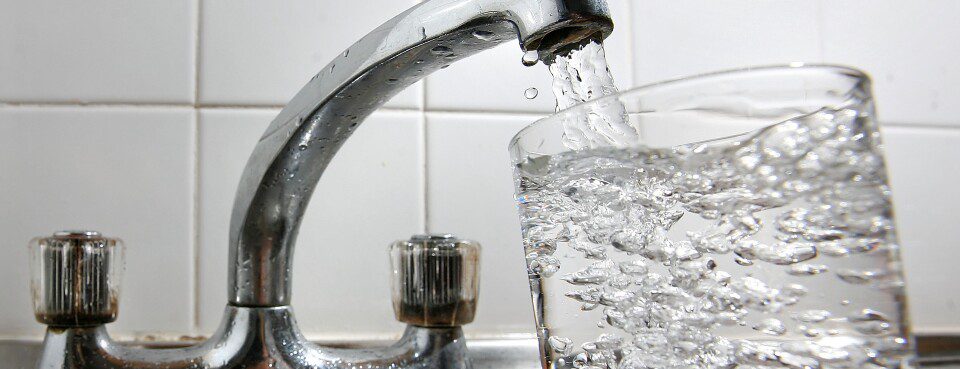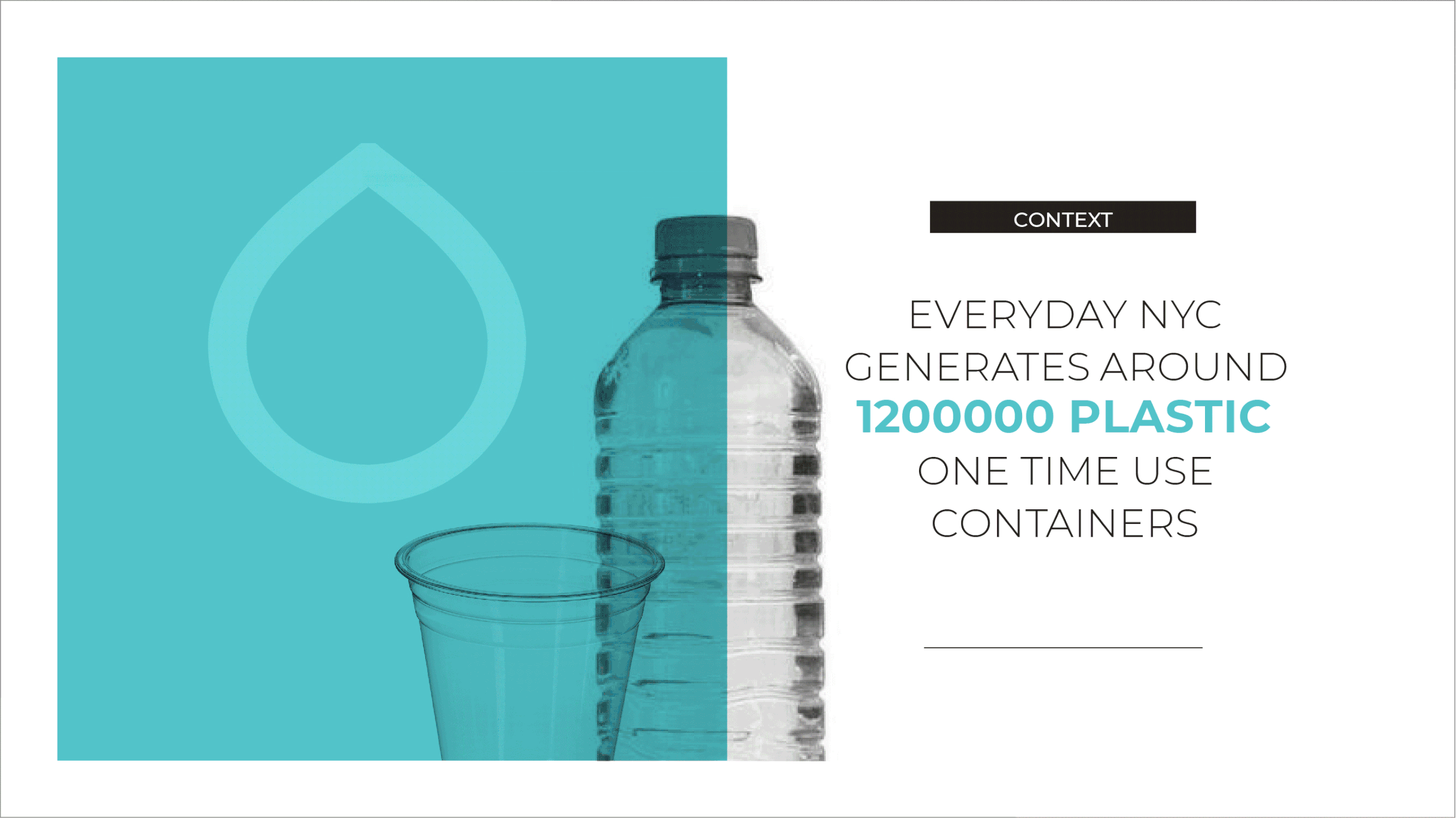Getting The 2020 Citizens' Water Quality Testing Program To Work

Some Ideas on How to test your tap water for lead - Popular Science You Should Know
New York City's water supply system services more than 1 billion gallons of fresh water day-to-day to 9 million customers throughout the 5 districts and upstate. New york city City consists of 19 reservoirs, 3 regulated lakes, and over than 6,000 miles of pipelines, aqueducts, and tunnels. Due to the City's continuous efforts to maintain the appropriate volume and high quality of water in the circulation system, there is some rotation in the water sources utilized by DEP.

How to Tell If Water Is Safe to Drink or Contaminated
3% of our water came from the Catskill/Delaware System, located in Delaware, Greene, Schoharie, Sullivan, and Ulster counties, west of the Hudson River. Read More Here , the City's original upstate supply, provided, typically, 1. 6% of the day-to-day supply to the City from 12 tank basins in Putnam, Westchester, and Dutchess counties.
Another method to recycle water is through Desalination. Desalination describes any of a number of procedures that get rid of excess salt and other minerals from water. More usually, desalination may also describe the elimination of salts and minerals. In the context of New York City, it may supply a way New Yorkers to have access to fresh drinking water without depending on other sources.

Residential neighborhood water sampling station box for routine New York City drinking water testing Stock Photo - Alamy
New York's Landmark Water Testing Law Hinges on State Fundamentals Explained
Map of New york city's Supply of water As water takes a trip over the surface area of the land or through the ground, it liquifies naturally-occurring minerals and, in some cases, radioactive material and can pick up substances resulting from the presence of animals or from human activities. In order to ensure that faucet water is safe to consume, the New york city State Department of Health (NYSDOH) and EPA prescribe regulations that limit the amount of certain pollutants in water provided by public water systems.

Manhattan Water Analysis Services - Manhattan Water Lab Tests
The Safe Drinking Water Act (SDWA) Amendments of 1996 required states to establish and implement Source Water Assessment Programs (SWAP) to: recognize the areas that provide public tap water; inventory contaminants, and examine water system susceptibility to contamination; and inform the general public of the outcomes. Starting in 1993, and culminating in 1997 with the historical watershed arrangement and Purification Avoidance Decision (TREND), New york city City started execution of a series of programs to decrease the susceptibility of the surface supply of water to contamination from a range of sources.
